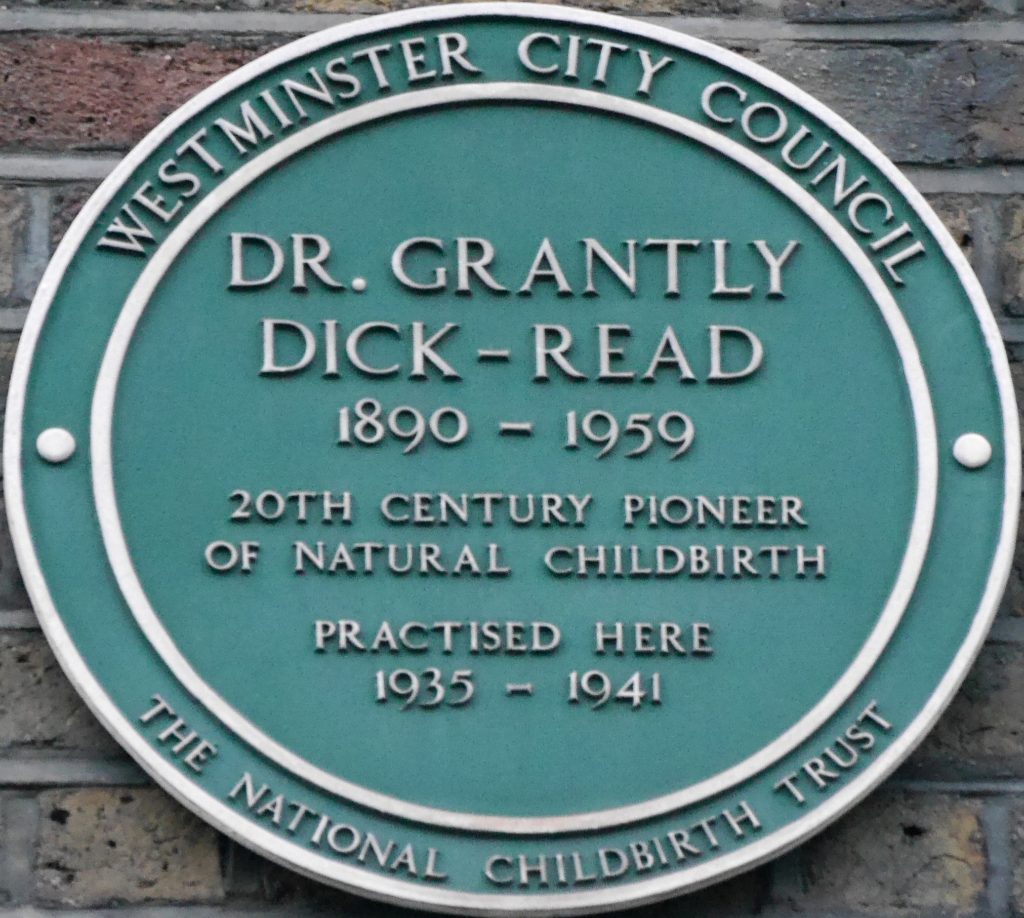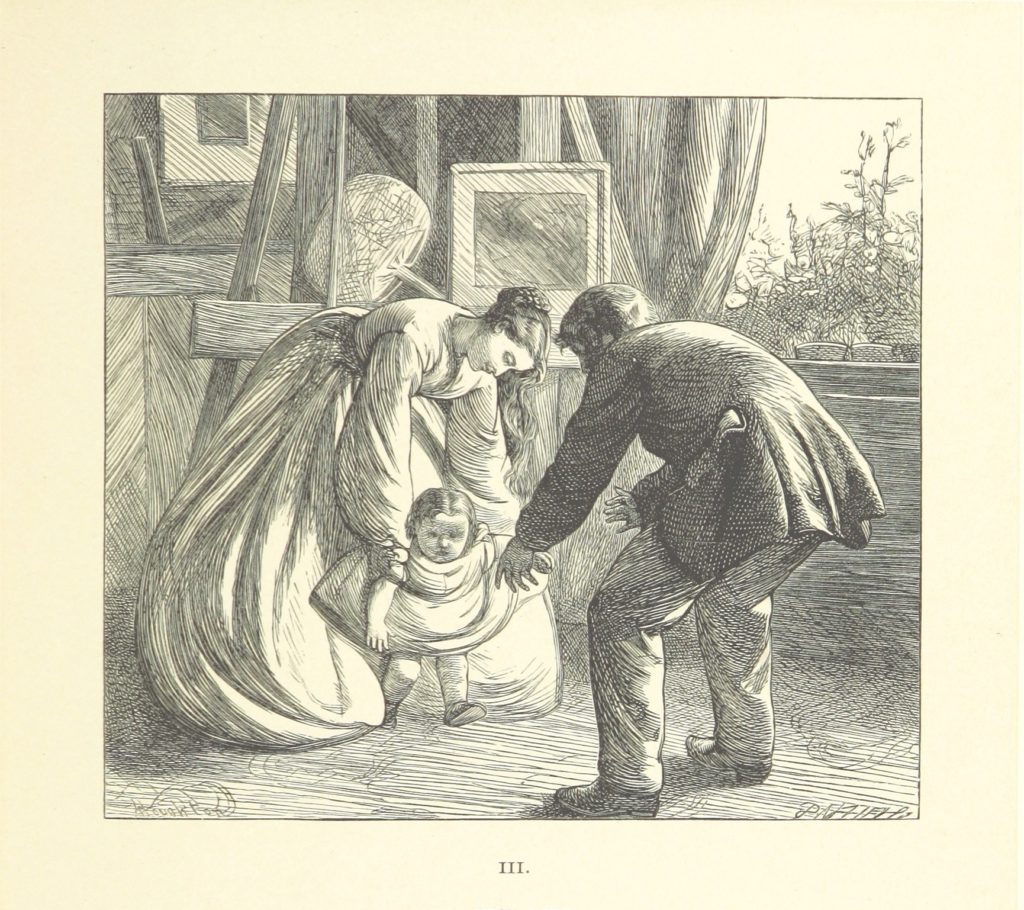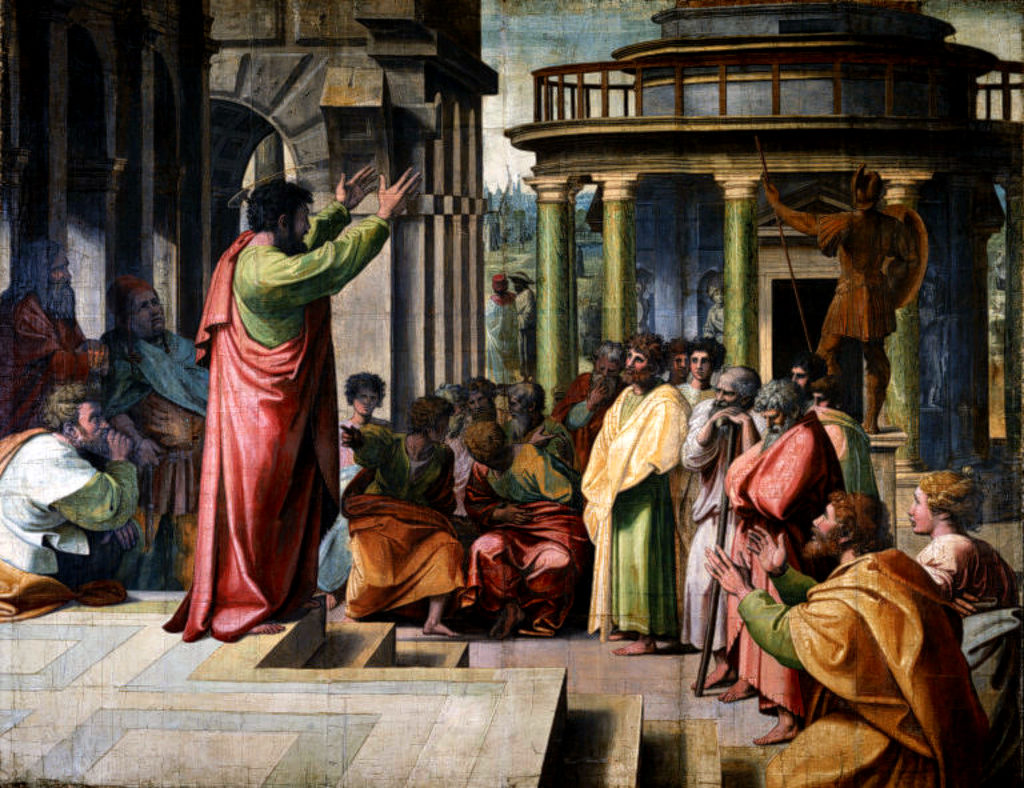The interconnectedness of faith and medicine, as illustrated with the case of Dr. Grantly Dick-Read, offers us a new perspective when tackling ethical issues where faith and medicine seems to collide. When physicians can have the understanding that patients can, consciously or otherwise, regard them in a parallel status to that of a priest, with their words and suggestions as gospel truth on their health and well being, it may help physicians to communicate with patients in a new way that is more conducive to collaborative care.

This knowledge can also help medical providers better reach patients with dogmatic beliefs against standard of care treatments, such as childhood vaccinations or other arenas where patients values and beliefs may lead them to cause harm to self or to others.
Yet, I caution about this because there are other areas in medicine where doctor knows best, does not apply. The case of a physician refusing to offer birth control or abortion rises to the top of my list of where physician beliefs and faith in their own rightness can interfere negatively with patient care.
More broadly, this pushes out into politics and legislation. When issues like this are seen as an “either / or”, rather than an “and”, then one side is “right”, rather than having a deeper understanding of the nuance and complexity of the issues. When an issue is seen as two boxers in a ring, one will always need to come out as a clear winner. Rather, when, as suggested by Levin, Vanderpool, Mann and Messikomer, we see the integration of faith and medicine, faith can become a powerful tool to motives patients to act.
If the broader avenues of scholarship, religious studies, anthropology, sociology, law, public health, medicine, etc. can widen their perspectives and work in an interdisciplinary manner, then, I propose, we may see a new paradigm for research in the field.
After doing this research, I am left with more questions that I am as of yet, unable to answer. As a childbirth educator and doula, I see my own teachings reflected back in Read’s words and method, and yet, I am dismayed and left wondering, knowing the history of eugenics, the desire to control women’s bodies and their childbearing ability and the foundations of modern childbirth education in this concept of the noble savage and the overcivilized woman, how can we childbirth educators teach in good conscience?
Are the positive outcomes regarding happy parents and satisfied consumers of our classes, enough to keep teaching as we do?
To use a colloquial term, now that we are “woke” because the evidence shows the roots of Read’s method to be buried in the idea of white racial superiority and the continuation of the race, how do we move forward?
Knowing that Read was, in effect, an anti-science doctor, how do we still teach his techniques and theory?
Are the results worth the little lie we tell ourselves and our students? Is it a little lie after all or is faith alone what women need to preserver through a potentially long and painful experience?
Is is that faith in themselves, in the work they did to prepare for birth and faith in their medical providers enough?
Is childbirth education effective not because of what we teach, but because of how we teach it?
Fundamentally, Read’s encouragement and direct support of women, whether at the bedside or through his book, gave women the faith they needed to shirk unnecessary medical interventions and have births that were predominantly physiologically normal, with limited medical interventions. The seeds he planted and germinated grew to be an international movement promoting natural childbirth which still thrives today, though with the same controversies as when it originated.
Fin.
Become a Patron!

